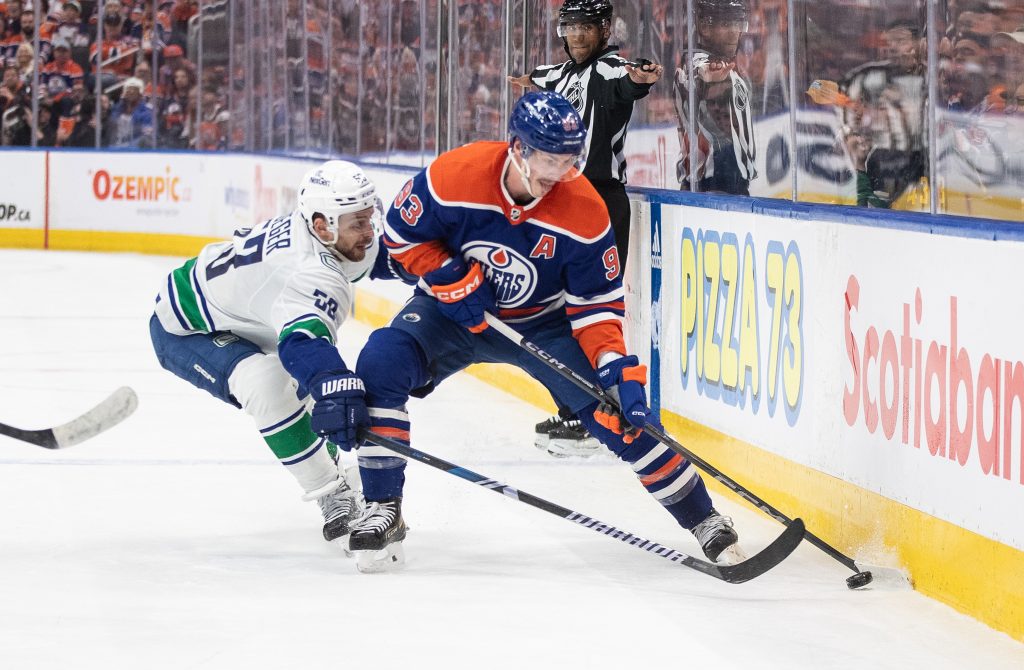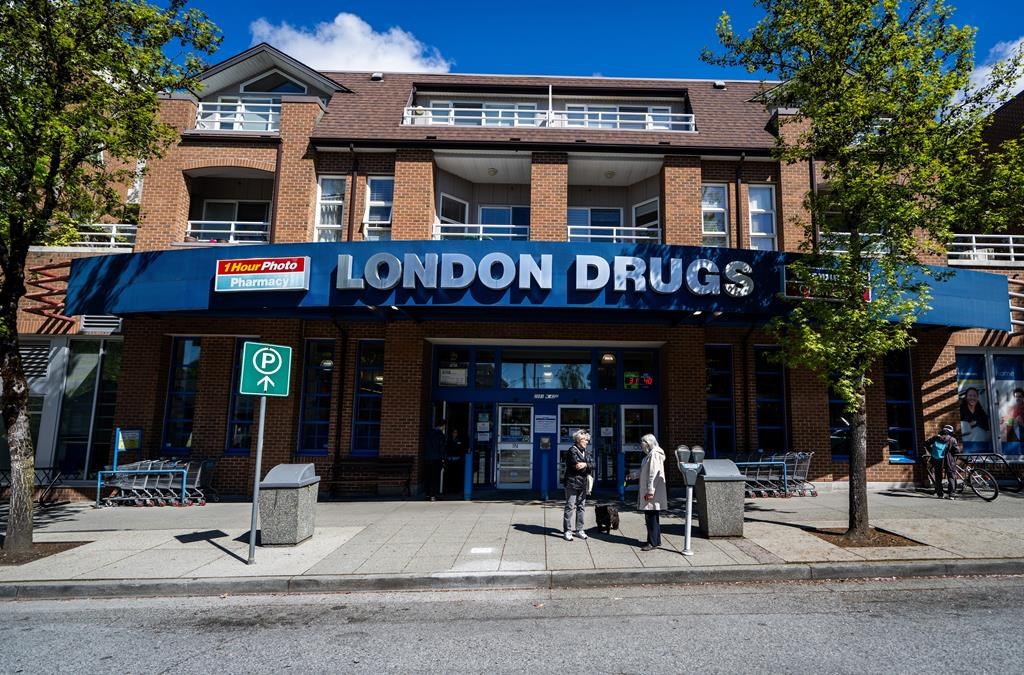Virtual reality’s ‘next wave’ coming as more filmmakers embrace the medium
Posted December 30, 2016 5:00 am.
Last Updated December 30, 2016 8:20 am.
This article is more than 5 years old.
TORONTO – Prime Minister Justin Trudeau is sitting in the back of a moving pickup truck in Shoal Lake 40, an isolated First Nations reserve on the Ontario-Manitoba border.
And viewers of the virtual reality documentary “Cut-Off” are right there with him, able to take in a 360-degree view as Trudeau discusses the promises he’s made to First Nations communities.
With the touch of a button, viewers can also sit with a group of Shoal Lake residents and swivel around to face each of them as they speak about issues plaguing the region — from a suicide epidemic to unclean water and infrastructure issues.
The immersive experience produced by Vice is one of the cinematic VR projects that emerged in 2016, and big-name directors including Kathryn Bigelow, Doug Liman of “The Bourne Identity” and Canada’s own Deepa Mehta are also embracing the technology.
“I’d say the first wave was the real experimental wave,” says Loc Dao, chief digital officer at the National Film Board of Canada, which has worked on some interactive VR projects.
“And the second wave now is the storytellers have been working in VR quietly for the last year and a lot of us are getting ready to release experiences that probably will contain more story or more depth in the experience.”
Facebook founder Mark Zuckerberg made a massive bet on the future of VR when he acquired the headset maker Oculus in March 2014 for a reported US$2 billion. The company is now selling its Rift VR headset for $849, while its technology also powers Samsung’s cheaper Gear VR. That $99 device works in tandem with a Samsung smartphone to view VR content. Google, Sony and other tech companies make similar headsets that work roughly the same way: once the user straps on the VR goggles it displays video content that responds to head movements in any direction in real-time.
As a storytelling tool, VR provides a visceral, intimate experience like no other, says Thomas Wallner, a filmmaker and founder/CEO of Toronto-based VR company DEEP Inc.
“The distance between the observer and the observed is, for the first time in the history of media, completely eradicated,” says Wallner. “It means you’re not watching a film that’s external to you; you’re now in that film and that imparts a very special feeling.”
VR can also elicit empathy and help viewers better understand the subject and its surroundings, particularly when used for documentaries, says Patrick McGuire, head of content at Vice Canada and producer of “Cut-Off VR.”
“If you’re watching a film on a television, you can look away from the TV and you can look at the room you’re in or your friend that you’re sitting on the couch with,” McGuire says.
“With VR, you can’t look away. If you’re looking at something uncomfortable in ‘Cut-Off’ or someone is saying something that’s uncomfortable to you, when you look away you’re still there and I think that’s really powerful.”
A slew of film festivals featured VR titles in 2016, including the Venice Film Festival, which screened what was billed as the first feature-length virtual reality film, “Jesus VR — The Story of Christ,” co-produced by Toronto-based Autumn Productions.
The Toronto International Film Festival had a POP VR program that was “enormously successful,” says Cameron Bailey, the festival’s artistic director.
“I think we’re still in the early days. I think there’s lots of possibility,” says Bailey. “There’s lots of interest, there’s a lot of curiosity.”
Cinematic VR projects due in 2017 include the eight-minute doc “The Protectors: Walk in the Ranger’s Shoes” by Bigelow, the Oscar-winning director of “The Hurt Locker.” It will premiere at the Tribeca Film Festival in April.
VR experiences are also planned for Quebec director Denis Villeneuve’s upcoming “Blade Runner 2049” and Mehta’s recently released film “Anatomy of Violence,” about the 2012 gang rape of a young woman in New Delhi.
Mehta’s VR project will be a physical, interactive installation to help educate viewers on the subject, says creator Sumit Bhatia.
“There’s this whole area of science where by creating a bystander effect, you can actually get people to separate themselves and then reprogram their neural pathways. So what we’re looking at using VR for in the actual physical installation is create a bystander effect,” says Bhatia, program co-ordinator and professor at Seneca College’s Interactive Media program.
“So while you’re actually watching yourself watching an act of violence, there’s a possibility of being able to reprogram your neural pathways to take action.”
Noreen Halpern, producer of the upcoming CBC/Netflix miniseries “Alias Grace,” says a VR experience is also in the works to bring viewers into the protagonist’s prison cell.
“It’s a really exciting world and I have to say, the next production hopefully that I do with CBC and Netflix, I would want to from the very early stages build in a VR component,” she says.
But even VR’s biggest boosters acknowledge the technology is still in its infancy.
Filmmakers can’t condense space and time in VR like they can with traditional movie making, and they have to make a narrative work in the limited space that the viewer can experience.
Then there are logistical issues, not to mention the higher cost and length of time for production. Accessibility is also low with few people owning a VR headset yet.
Headsets can also fog up and be an intense and disorienting experience over long periods of time.
“It’s very difficult to overcome the basic problem that almost everyone, including me, cannot really tolerate it for more than let’s say seven, eight minutes,” says Oscar-nominated filmmaker Werner Herzog, who has consulted with Oculus VR and Wallner on how to make a VR film.
“Whether harmful or not, I just dislike to have it longer than a few minutes strapped to my head.”










